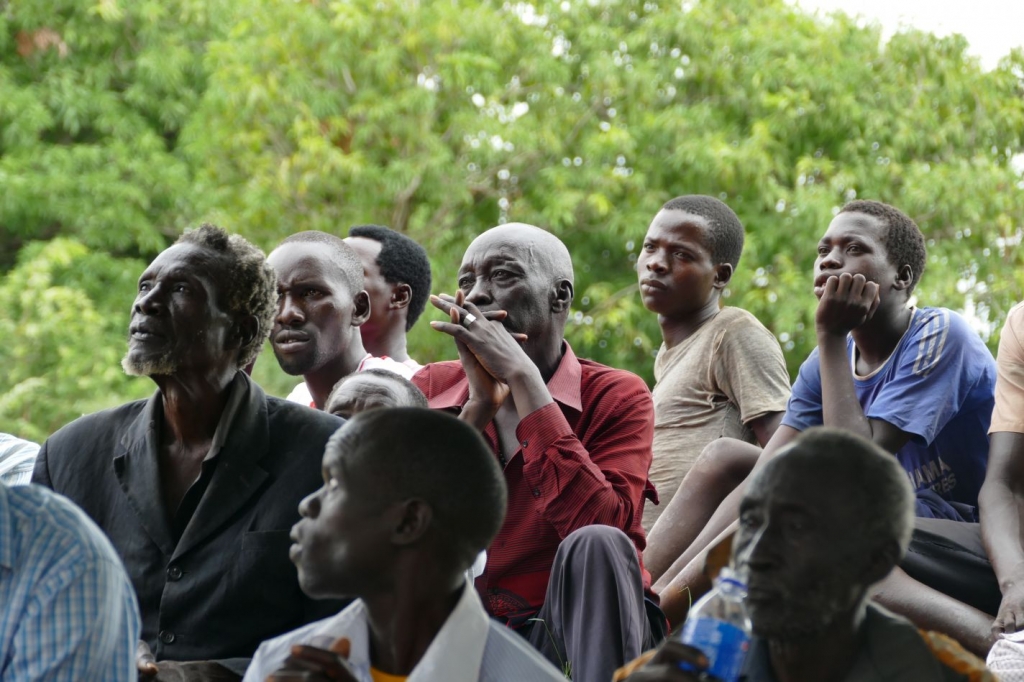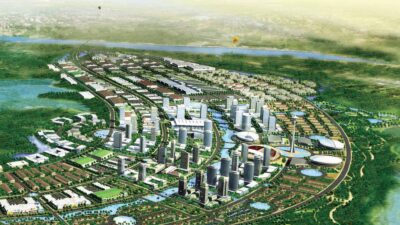Uganda’s land tenure system stands as one of the most intricate in East Africa, featuring a coexistence of freehold, leasehold, and mailo land regimes. The mailo system, rooted in the 1900 Buganda Agreement, grants perpetual land ownership without clearly defined boundaries or associated occupant rights. This nuanced framework has fostered legal ambiguities, overlapping claims, and transaction bottlenecks, deterring investors and complicating development projects.
Historical Context & Legal Framework
- Mailo Land Origins: Under the 1900 Agreement, the Buganda monarchy and chiefs received mailo lands—square-mile plots—alongside tenant communities who held customary occupancy rights. Post-independence reforms (Land Act 1998; Land Amendment Act 2010) attempted to harmonize tenure types, yet underlying ambiguities remain.
- Digital Registry (NLIS): Launched in 2020, the National Land Information System (NLIS) seeks to digitize records and streamline title searches. As of April 2025, NLIS has onboarded 35 districts, issuing 150,000 Certificates of Title. The government aims for full national rollout by 2026, pending IT and training investments.
Challenges
- Overlapping Claims & Fraud: The Uganda Land Commission reported over 30,000 active disputes in 2024, leading to average transaction delays of 8 months and legal fees equating to 5–7% of land value.
- Institutional Constraints: Limited staffing in the Ministry of Lands and manual processes perpetuate backlogs, creating discrepancies between urban and rural district service levels.
- Public Awareness Deficit: Only 40% of survey respondents in Kampala and Wakiso comprehend their tenure type or the benefits of digital registration, dampening NLIS adoption.
Tech & Private Sector Innovations
- Blockchain Pilots: Land LayBY UG’s pilot in Wakiso uses blockchain to maintain immutable title records for 5,000 parcels, cutting verification times by 70% and reducing reliance on paper archives.
- Legal Aid Clinics: NGOs like FHRI provide pro bono legal aid to resolve title disputes, handling over 500 cases since 2022 and significantly reducing court backlog for minor matters.
- Mobile Outreach: In partnership with GIZ, the Ministry of Lands deployed mobile registration units, processing 25,000 certificates in underserved rural districts since 2023.
Investor Implications
- Due Diligence Necessity: Investors should allocate 5–7% of land value for legal fees and extended closing timelines, engaging reputable surveyors and attorneys early in the process.
- Opportunity in PropTech: Backing digital registry enhancements or blockchain-based verification platforms can yield first-mover advantages in an under-served market.
- Stakeholder Engagement: Collaborating with district authorities and community leaders during due diligence fosters goodwill and streamlines approvals.
Conclusion
Despite entrenched complexities, stakeholder-led initiatives—digital registries, blockchain pilots, and legal clinics—signal progress. As NLIS expands and public awareness grows, land transaction certainty is expected to improve, unlocking Uganda’s real estate potential. The period through 2026 will be pivotal, hinging on infrastructural investments and continued policy support.



